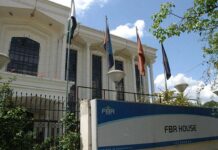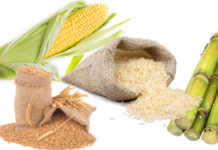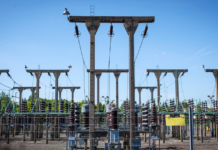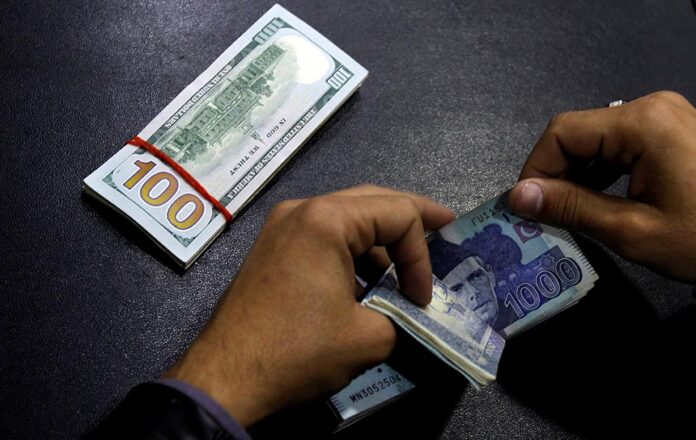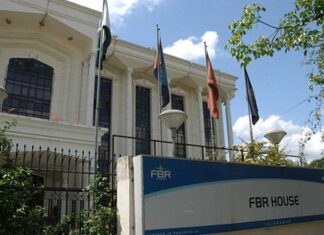The State Bank of Pakistan’s (SBP) Acting Deputy Governor Dr Inayat Hussain acknowledged before the National Assembly Standing Committee on Finance that nearly $8 billion purchases of US dollars from the market have kept the rupee weaker, but warned that a stronger local currency could increase imports and strain the external sector, The Express Tribune reported.
Dr Hussain said that the current dollar-rupee rate of around Rs282 is “fair,” noting that halting dollar purchases would strengthen the rupee but could also lead to higher import volumes.
The briefing, chaired by PPP’s Syed Naveed Qamar, covered inflation trends, economic growth, the current account deficit, and exchange rate parity. Dr Hussain said that during July-May of FY2024-25, the SBP bought a total of $7.8 billion from the local market.
Critics have accused the SBP and the International Monetary Fund (IMF) of artificially managing the rupee’s value through these dollar purchases, which some say contradict free-market principles. Deputy Prime Minister Ishaq Dar recently stated that the rupee should trade near Rs260, but dollar purchases have kept it closer to Rs282 per dollar.
Dr Hussain said these purchases have improved the composition of foreign exchange reserves, which were previously dependent on foreign loans. “Our primary objective is to build reserves. We purchase only when there is surplus foreign currency available in the market,” he added.
MNA Muhammad Jawed Hanif said the rupee’s fair value should be between Rs250 and Rs260 and suggested that maintaining it at Rs282 contributes to inflation. Dr Hussain responded that the rupee is currently neither undervalued nor overvalued and that future rates will depend on foreign exchange availability and import demand.
SBP Executive Director Amin Lodhi said the central bank aims to increase reserves to $15.5 billion by December and $17.5 billion by June next year, still below a safer level of $20 billion, equivalent to three months of import cover. Dr Hussain highlighted the need for stronger reserves to absorb potential shocks from reduced exports.
He said the current account deficit is expected to remain under control at up to 1% of GDP, with foreign remittances playing a key role. The SBP projects remittance inflows to reach $40 billion this year.
On inflation, Lodhi warned of a temporary rise above the 7% target due to base effects and recent floods, with projections returning to 5–7% later. Gas price hikes in July and another expected in February were already factored into forecasts.
Economic growth may remain limited to 3.25%, below the government’s 4.2% target, reflecting past boom-and-bust cycles. Lodhi added that keeping interest rates at 11% is critical for maintaining the 7% inflation target.





